With the first semester half over, the schedule happily provides a week vacation and Sue and I had a short holiday in Lisbon. As we’ve settled into Istanbul, we pledged to each other we would take advantage of the cheap airfares–$300, and sometimes less, will get you a round-trip ticket to Barcelona, London, Budapest, Jerusalem and points in between–and travel whenever possible. In addition, we both wanted a break from the intense Istanbul scene.
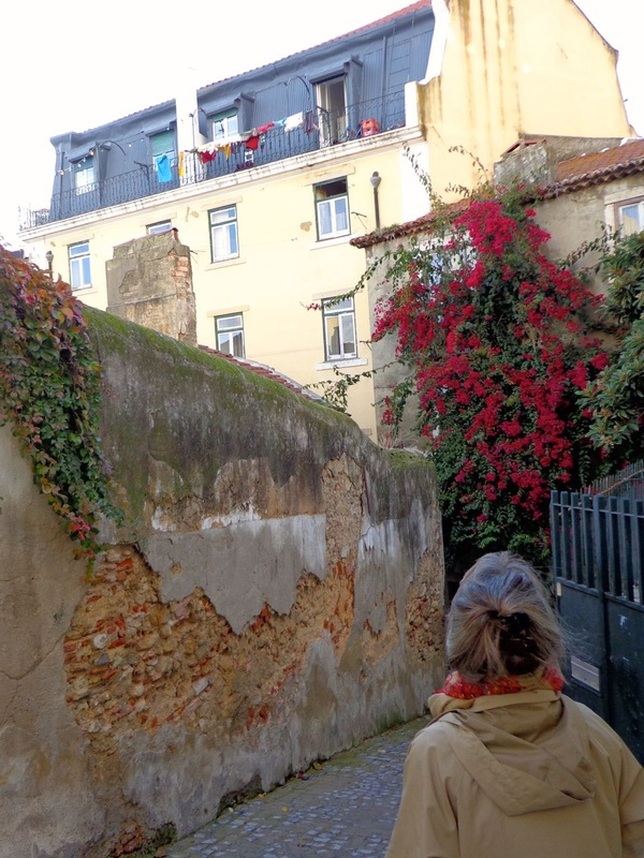
Lisbon with a metropolitan population of three million seemed quiet, relaxed and almost provincial in contrast to Istanbul’s twenty million. We found an apartment in Alfama, the old city. During the times of Moorish domination, Alfama constituted the whole of the city. Alfama became inhabited by the fishermen and the poor, and though that is still true, now it’s charm lures adventurous tourists like ourselves to its maze of cobblestoned lanes, some so narrow (like the address of our apartment) that even tiny European cars are excluded. The great 1755 Lisbon Earthquake damaged but did not destroy the Alfama, which has remained a picturesque labyrinth of narrow streets, small squares, and neighborhood restaurants. As always, we walked and walked.
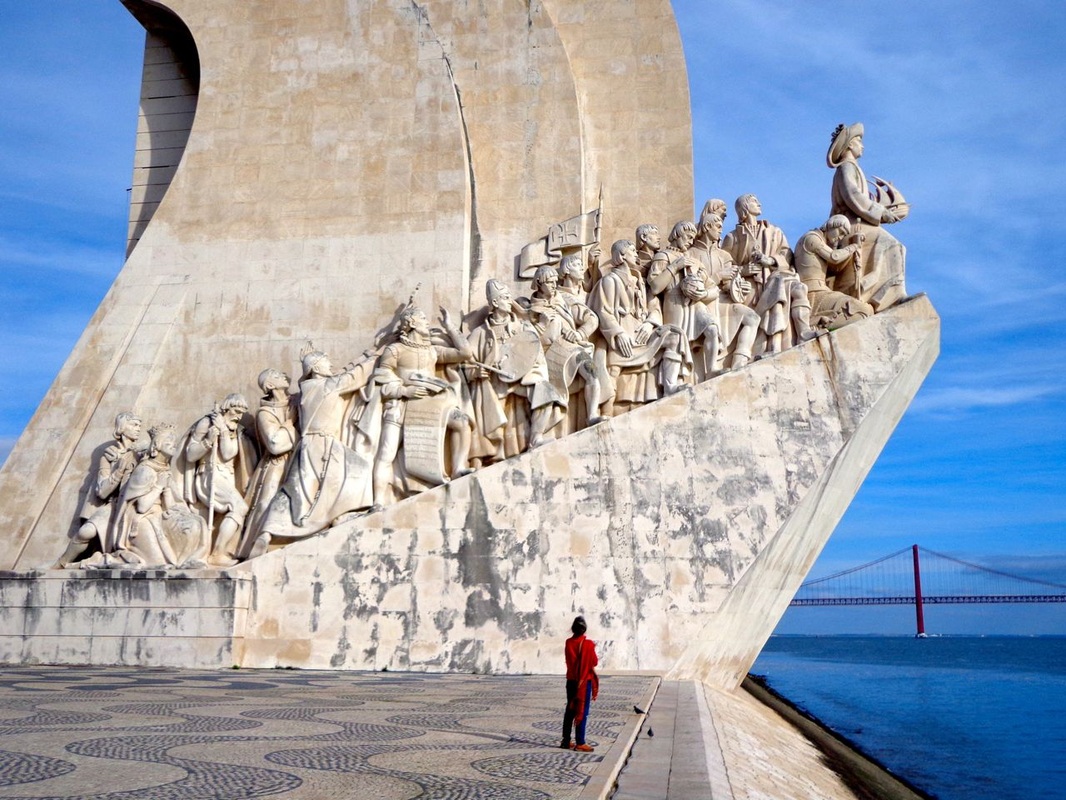
One day we walked from Alfama to Belem, the cultural center including the Discoveries Monument recognizing the great Portuguese explorers and sailors including important historical figures such as King Manuel I carrying an armillary sphere, poet Camões holding verses from The Lusiads, Vasco da Gama, Magellan, Cabral, and several other notable Portuguese explorers, crusaders, monks, cartographers, and cosmographers, following Prince Henry the Navigator at the prow holding a small vessel. The only female is queen Felipa of Lancaster, mother of Henry the navigator, the brain of the discoveries.
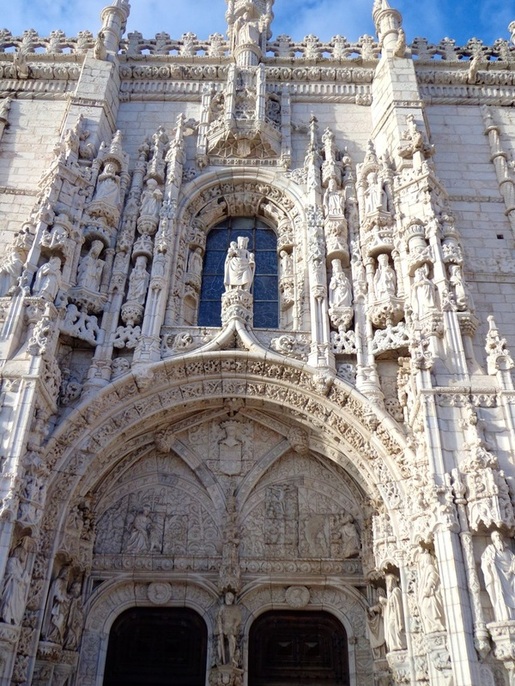
Clustered near the waterfront are Maritime, Modern Art and Archeological Museums, all wonderful. The architecture of the Archeological Museum, housed in the Jeronimos Monastery, a UNESCO World Heritage site, is stupendous.
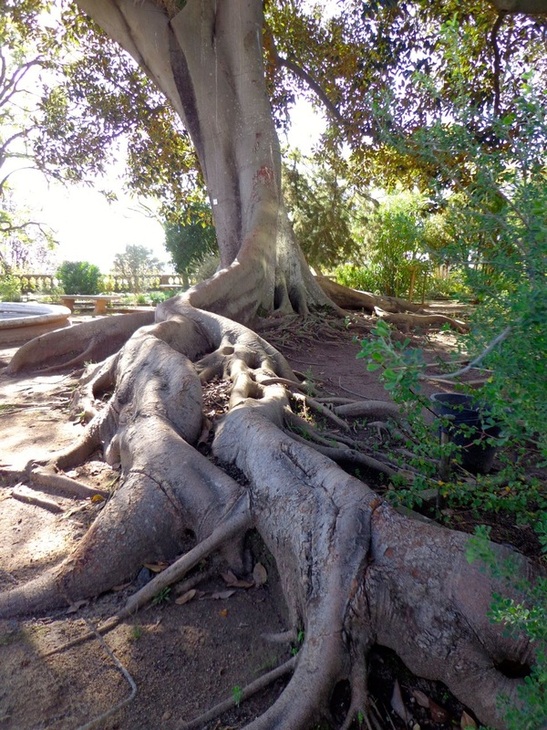
Of course we always visit gardens: here in Lisbon, the National Botanical Garden. While looking for the entrance to the Garden, we stumbled into the National Palace, opulent and grand.
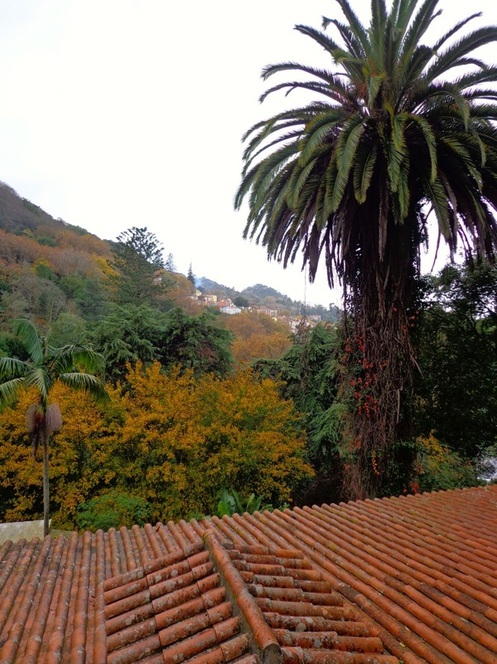
The next day we decided to take a day trip to Sintra (the whole town is designated as a UNESCO World Heritage monument, and rightfully so). We were warned that the weather would be cooler there and as the day progressed fog and rain settled in. Due to the mountain’s proximity to the sea, the climate is characterized by low temperatures and elevated precipitation, with dense and diverse vegetation including exotics introduced during the 16th century.
Here, from the train station, we walked up a small mountain on the scale of Mt. Battie in Maine (I expected to find a bus down but, to the delight of Sue, we missed the bus stop and walked all the way down) to a spectacular ridge protected by the Castle of the Moors built during the 8th and 9th centuries. Under a Christian king it became a monastary in 1100.
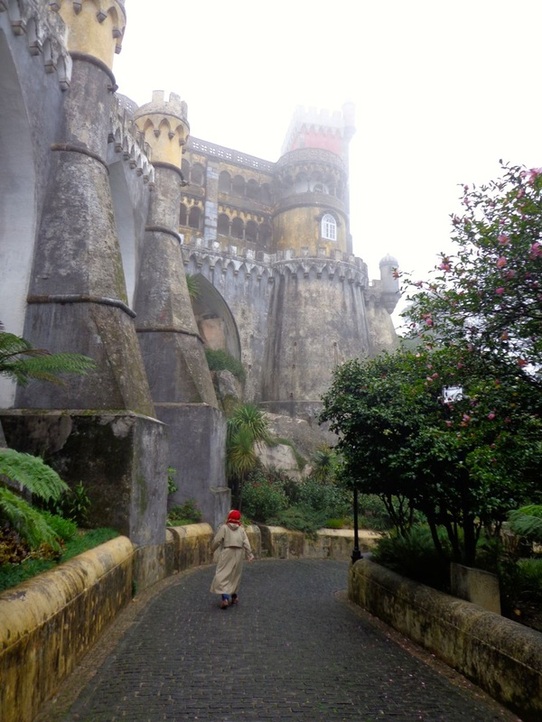
Along the same ridge we walked to the Pena National Palace, summer residence and get-away from the Lisbon National Palace; as Sue commented, the Portuguese royalty (King Ferdinand was a cousin to Prince Consort Albert of Saxe-Coburg and Gotha, husband to Queen Victoria) commanded too much of the national assets. It was amazing to stand in a room of the National Palace and consider the sum of human work-hours represented by the trappings.
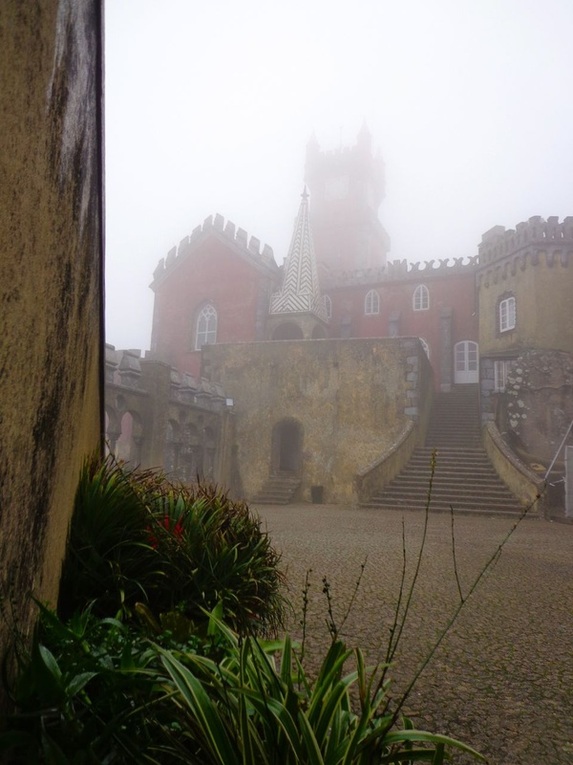
Unlike the opulent palace in Lisbon, the Pena was seemingly more livable; but what a hodge-podge of styles from Islamic to medieval to Romantic. Stripes and plaids seem elegant in comparison. It was if the designers of Disneyland had taken acid and then time-traveled.
Anyone who travels should include Sintra on their itinerary.
And then home to Istanbul; strange to think of returning to Istanbul as coming home. But it will seem like home when Dan, Kim, Jesse and TL all arrive on Thanksgiving Day from Amsterdam and we celebrate Dan's birthday!
And then home to Istanbul; strange to think of returning to Istanbul as coming home. But it will seem like home when Dan, Kim, Jesse and TL all arrive on Thanksgiving Day from Amsterdam and we celebrate Dan's birthday!
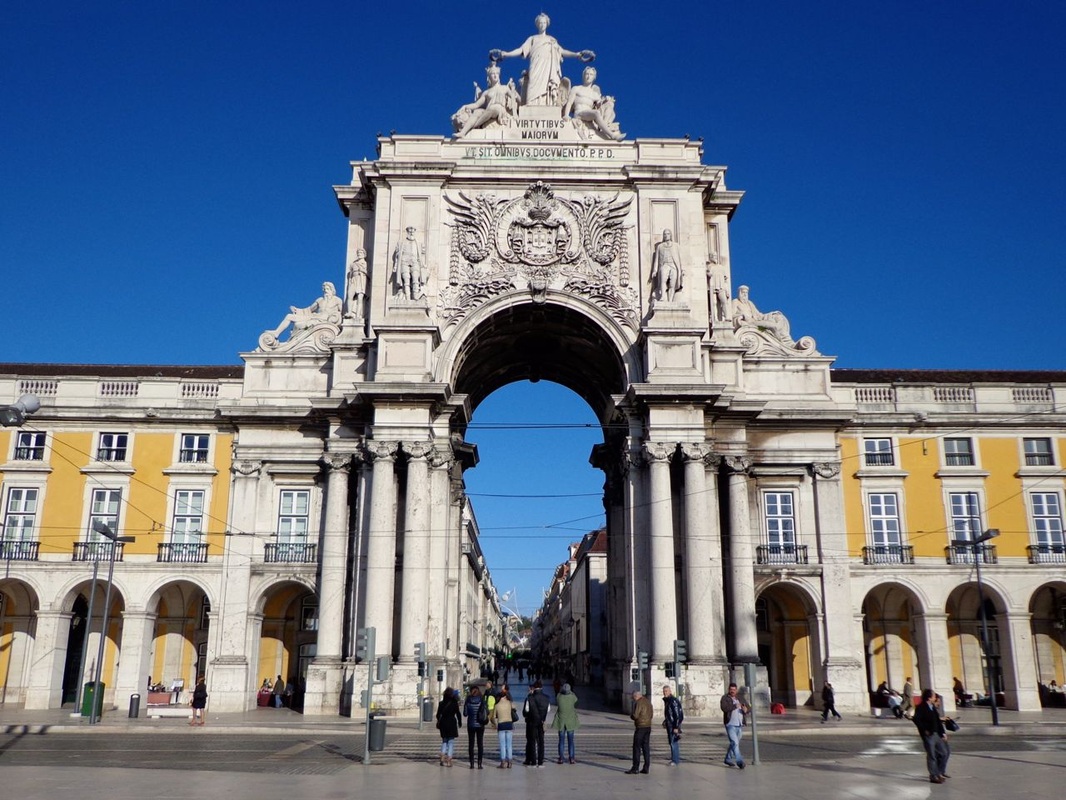
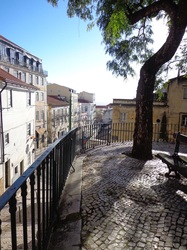
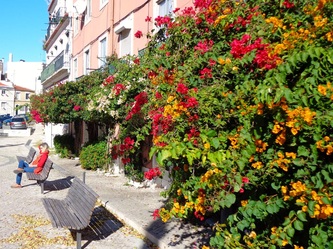
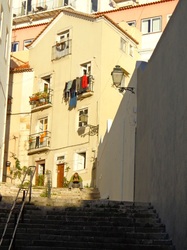
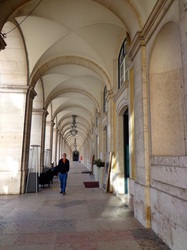

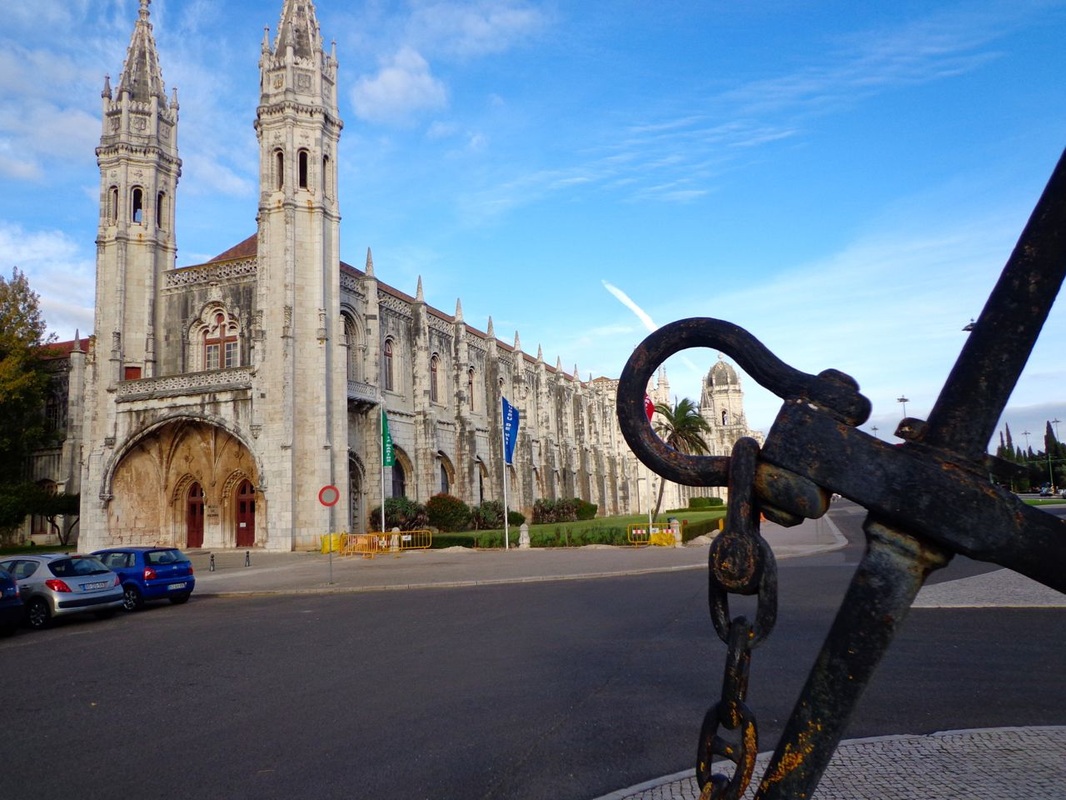
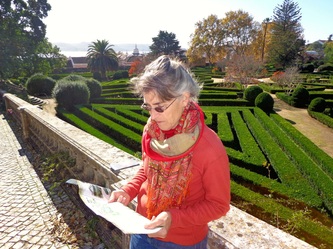
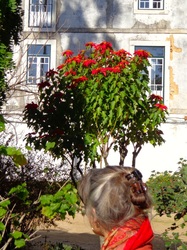
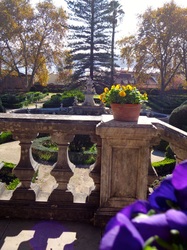
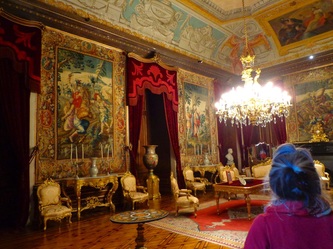
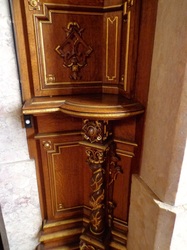
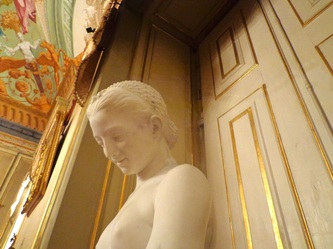
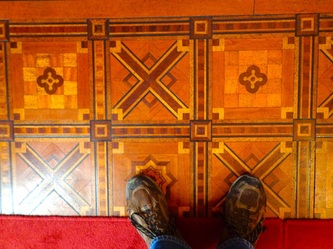
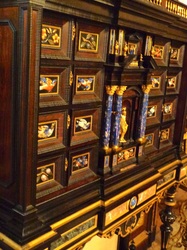
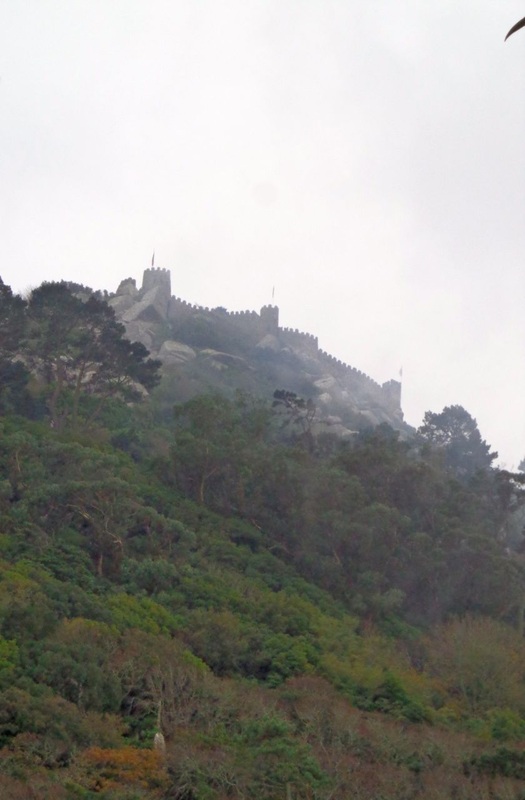
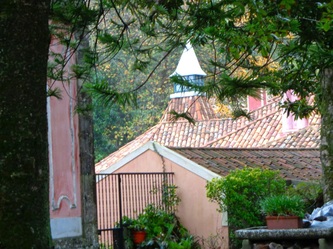
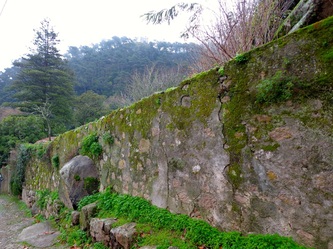
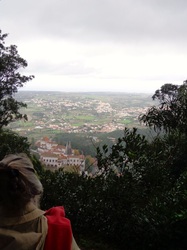
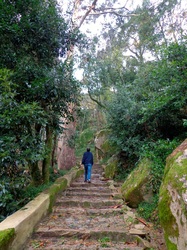
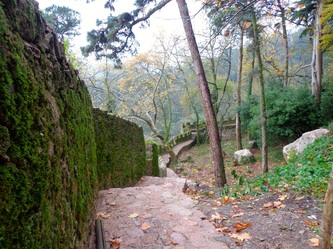
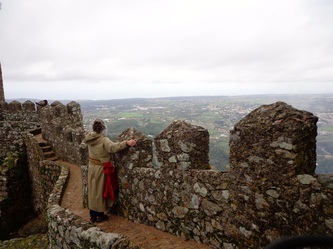

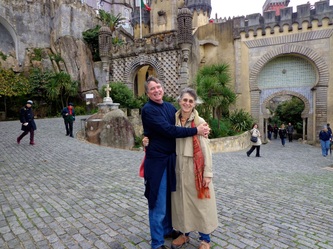
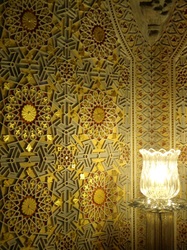
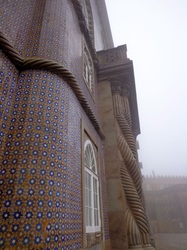
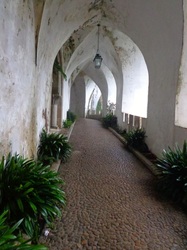
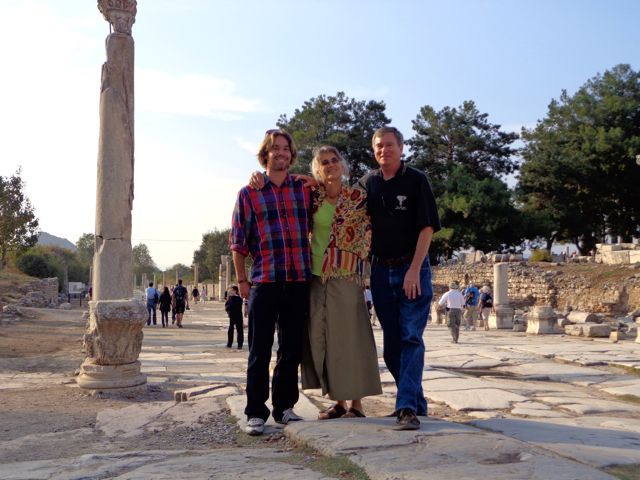

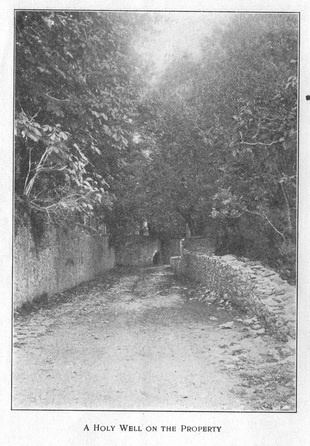

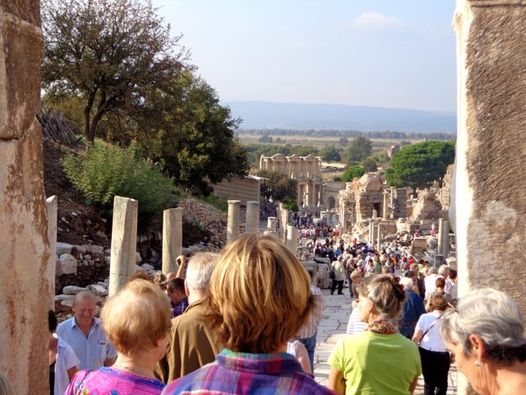
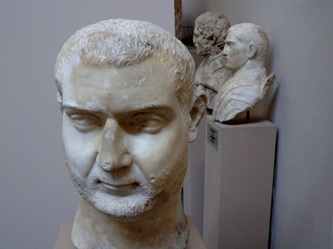
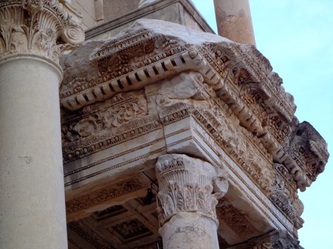
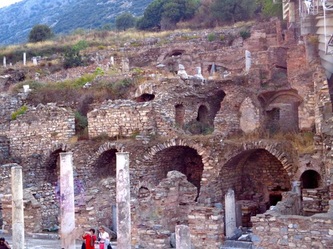
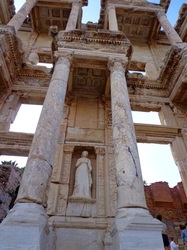
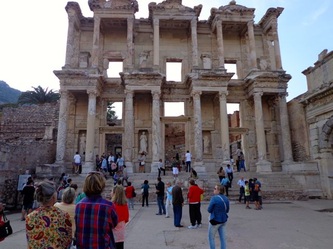
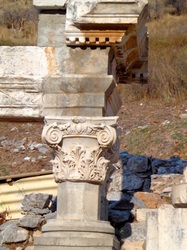

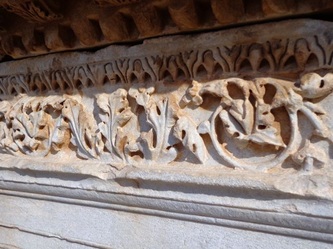
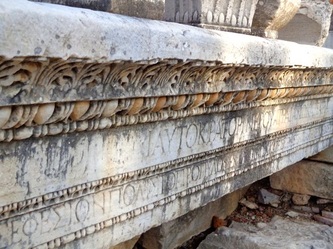
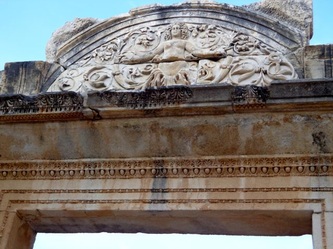
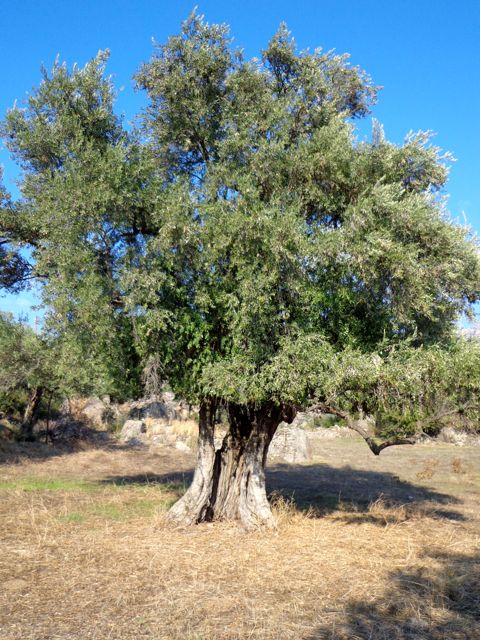
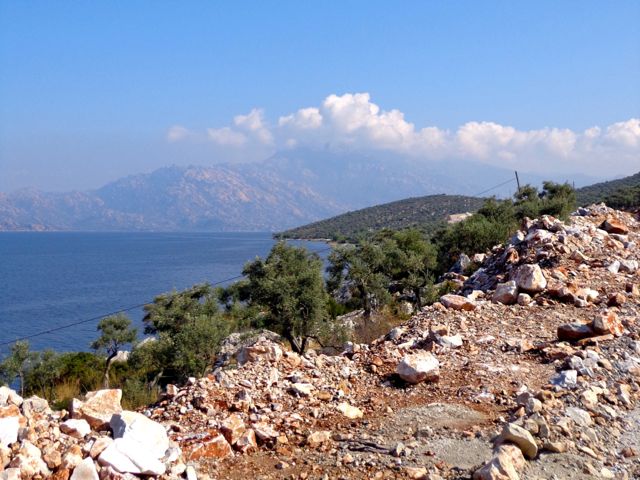
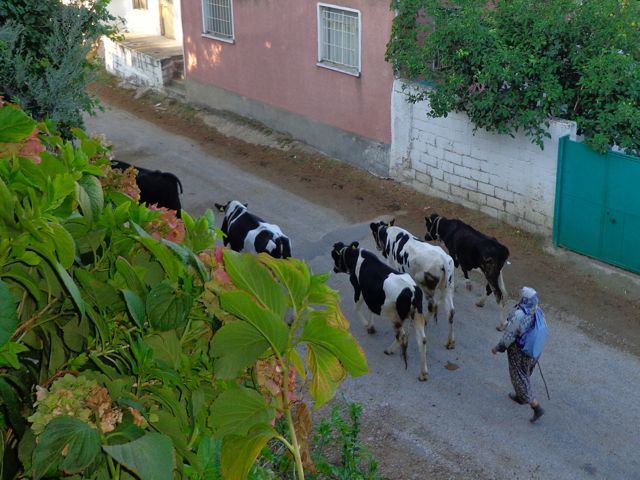
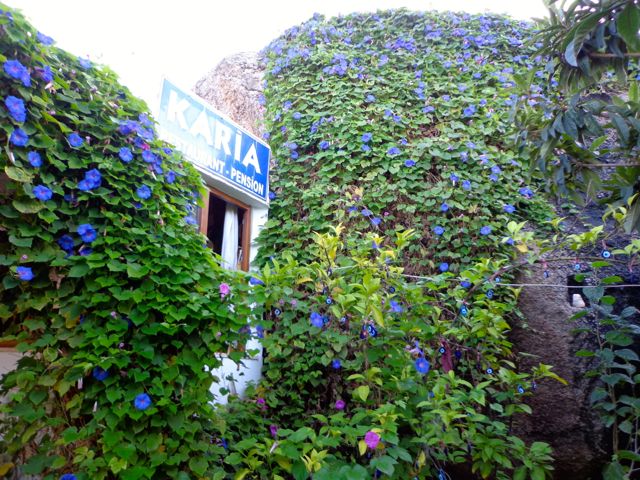
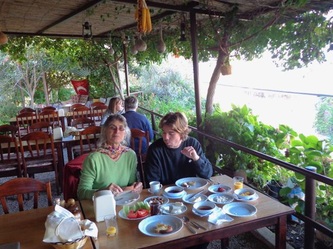
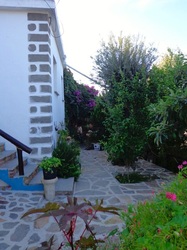
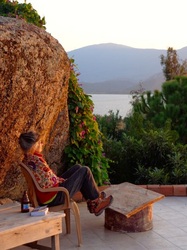
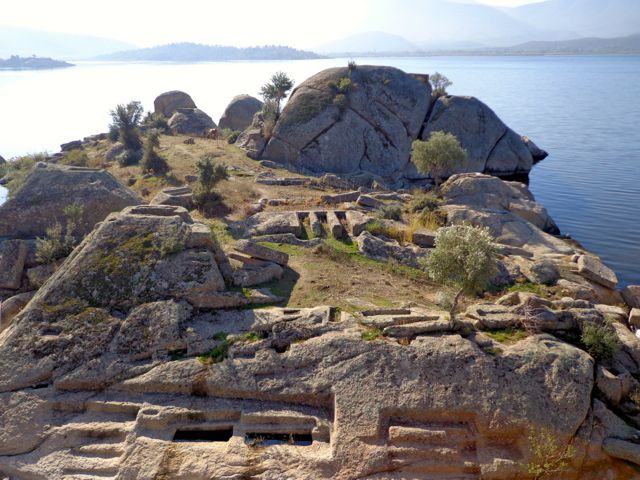
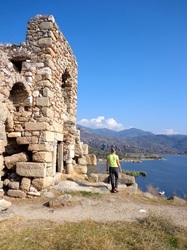
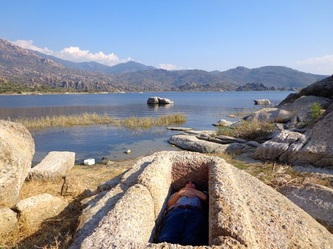
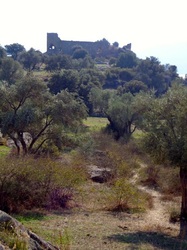

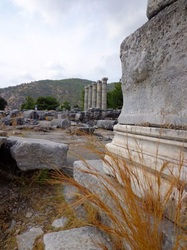
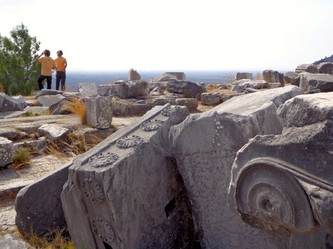
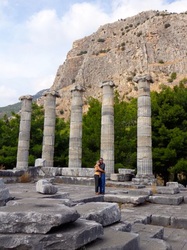
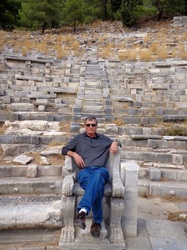
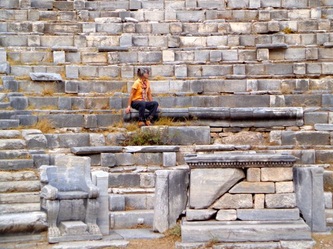
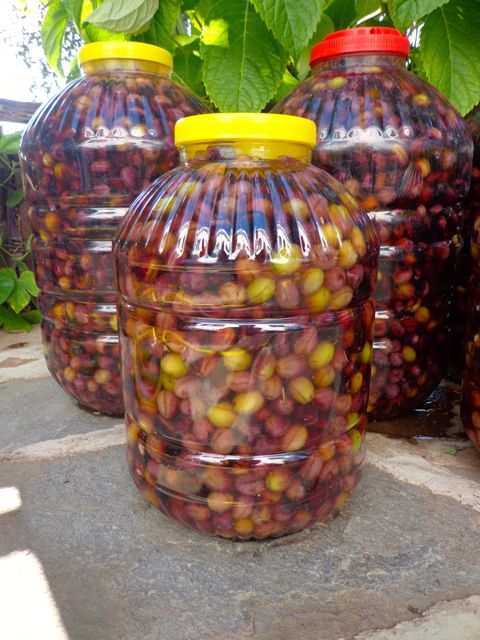
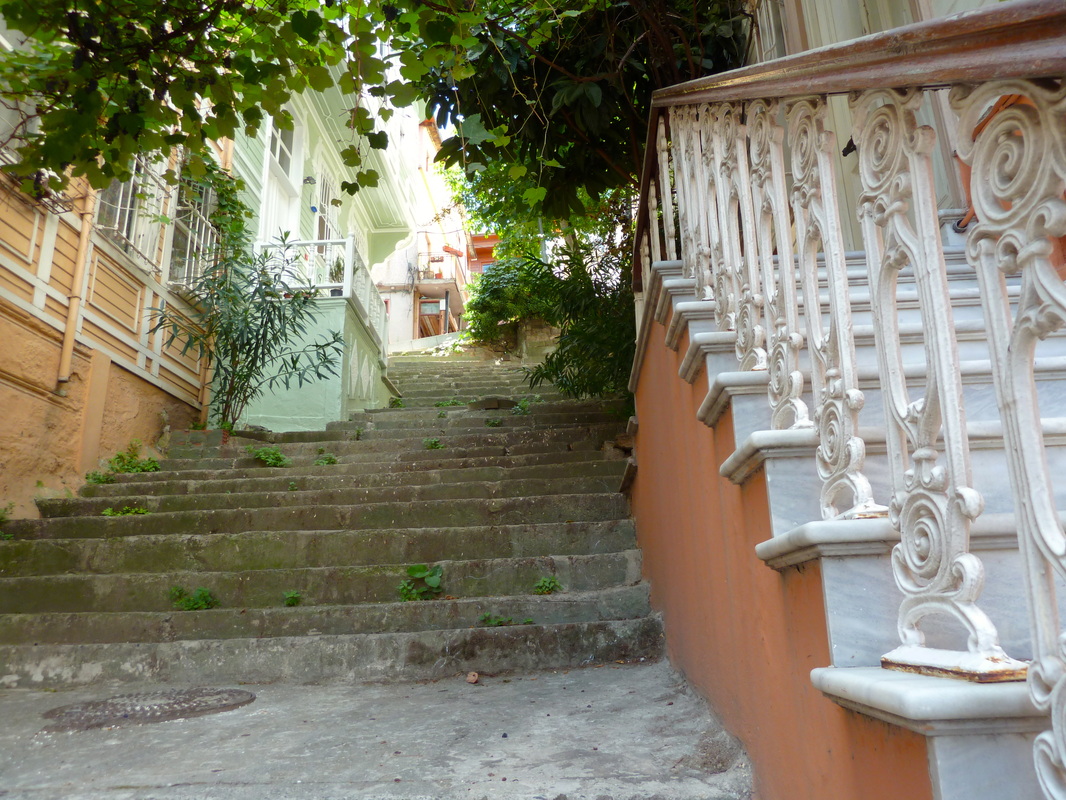
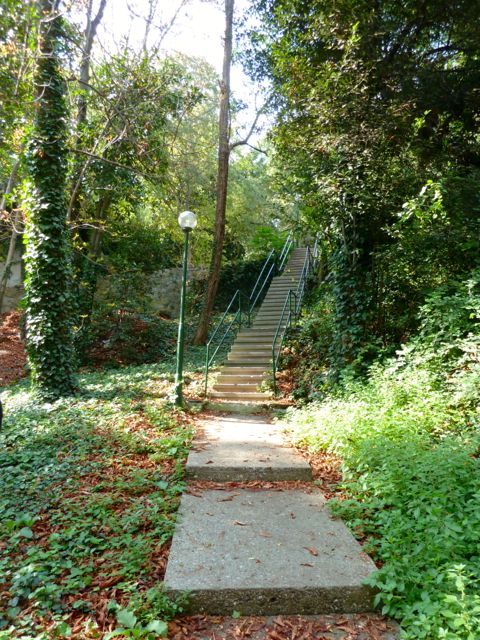
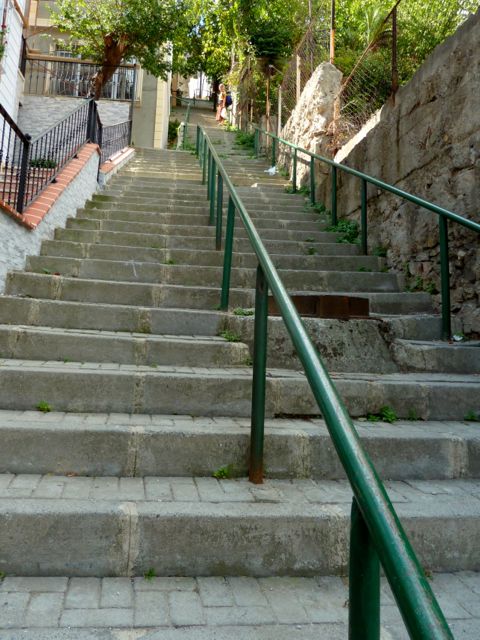
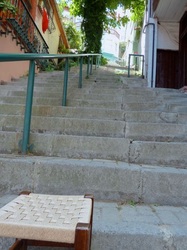

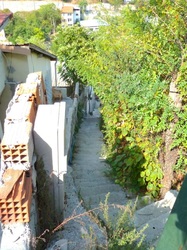
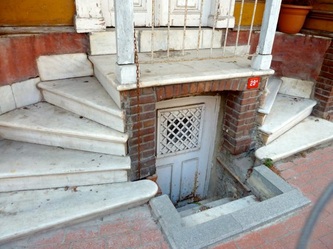
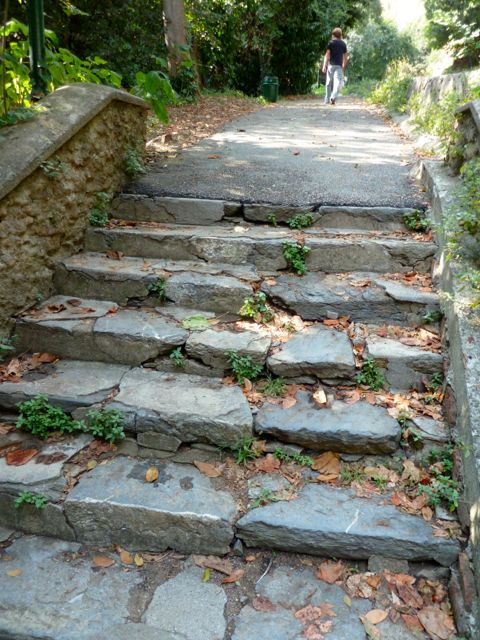
 RSS Feed
RSS Feed